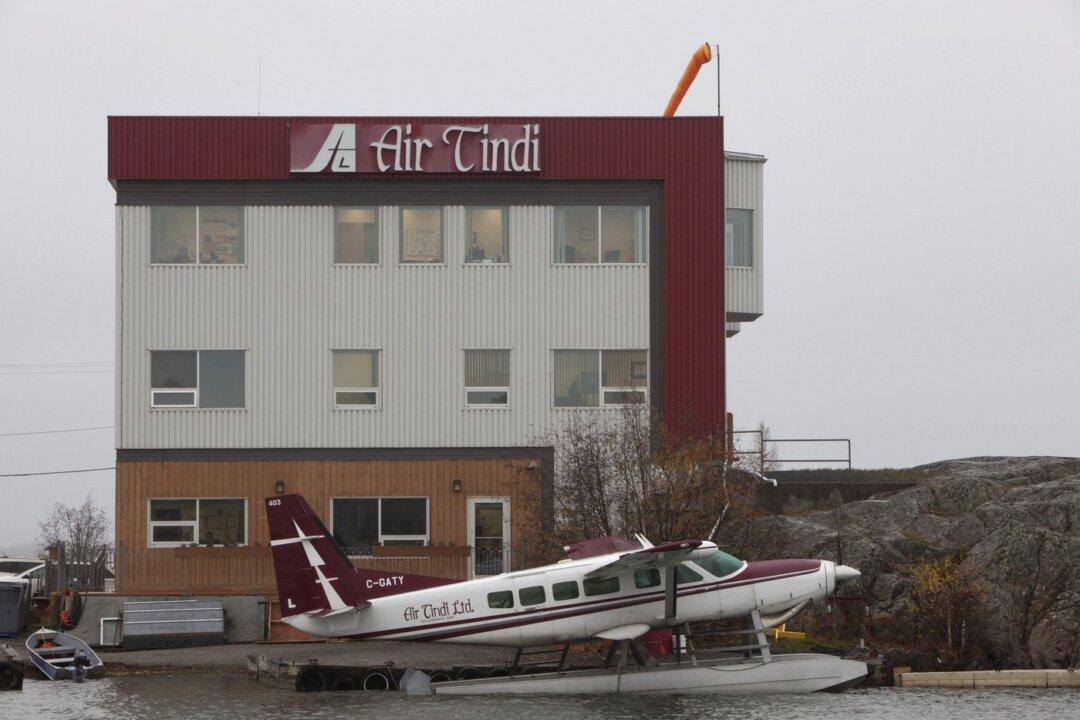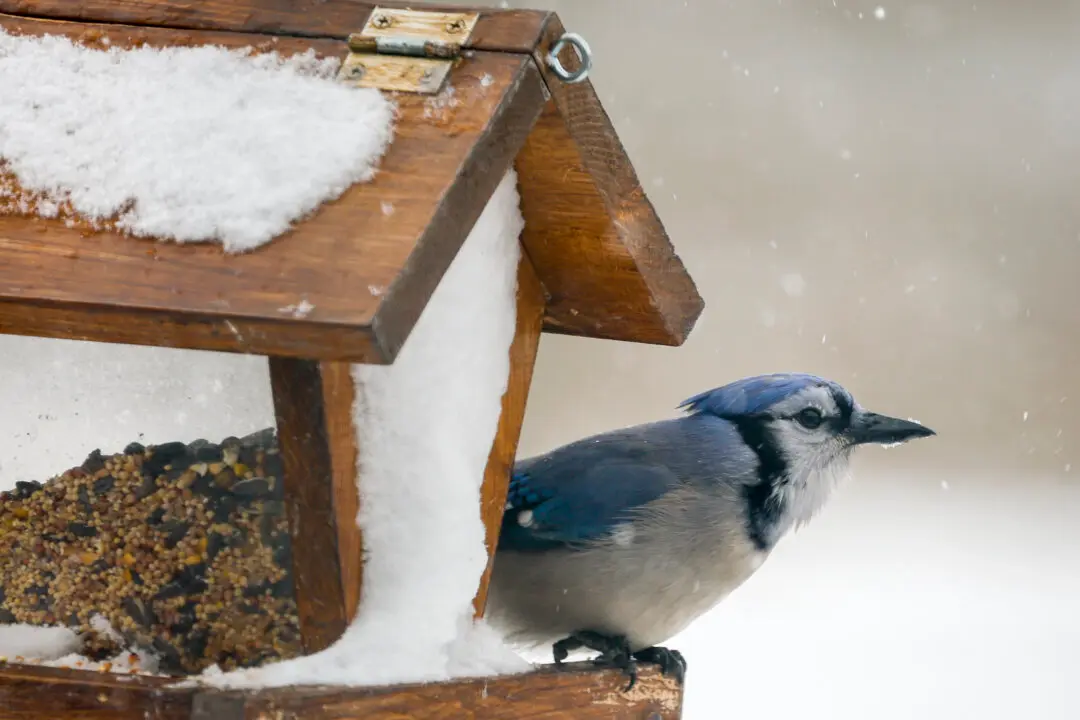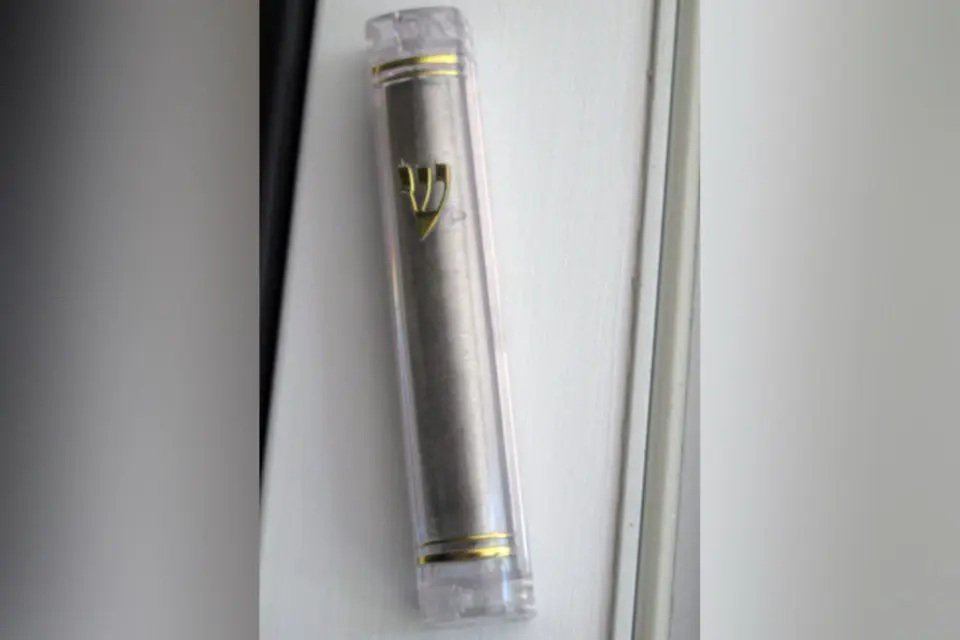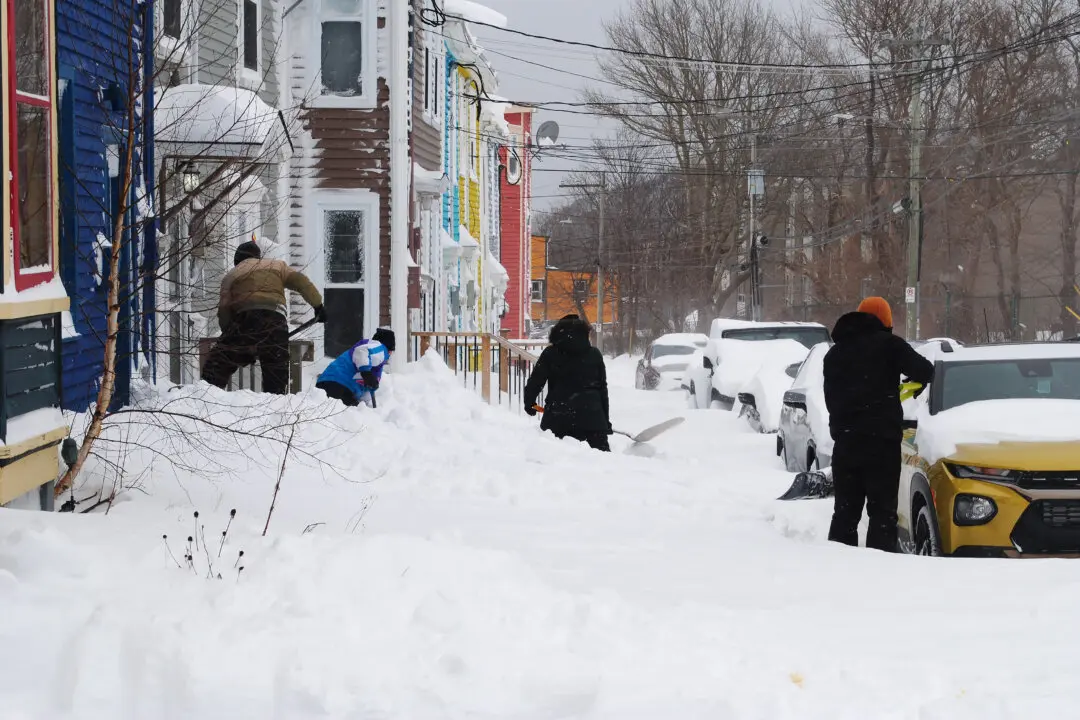Ten people were rescued on Dec. 28 after a small plane crashed in a remote area of the Northwest Territories and they were stranded overnight.
David Lavallee, a spokesman with 1 Canadian Air Division and Canadian Norad Region Headquarters, said everyone was picked up from the crash site and taken to the nearby Diavik diamond mine. Some were injured.





